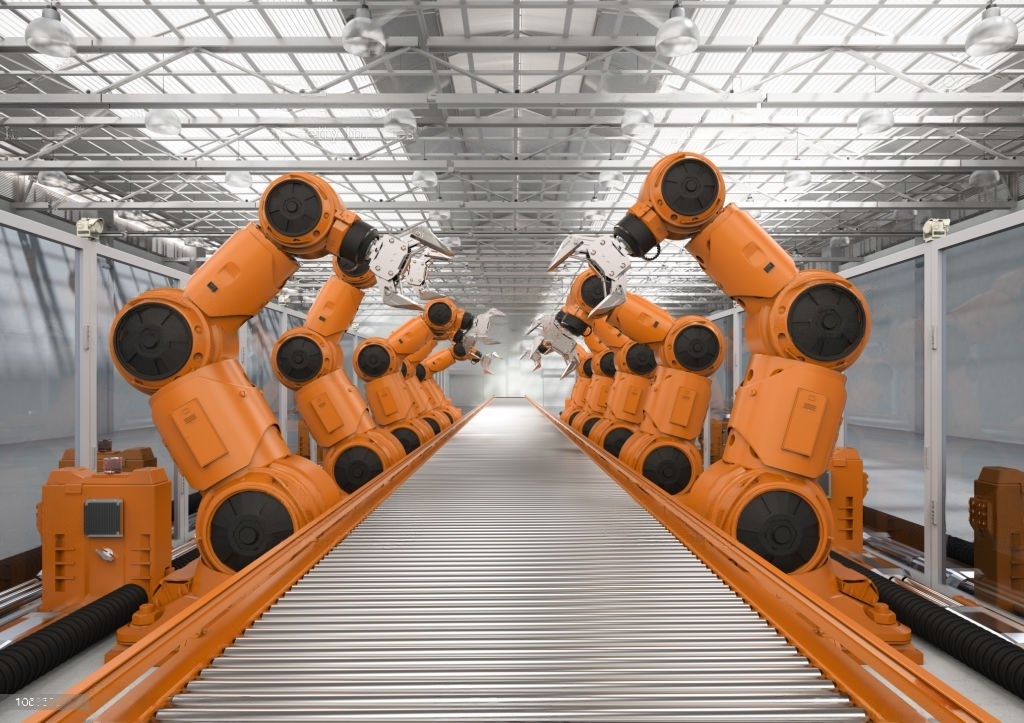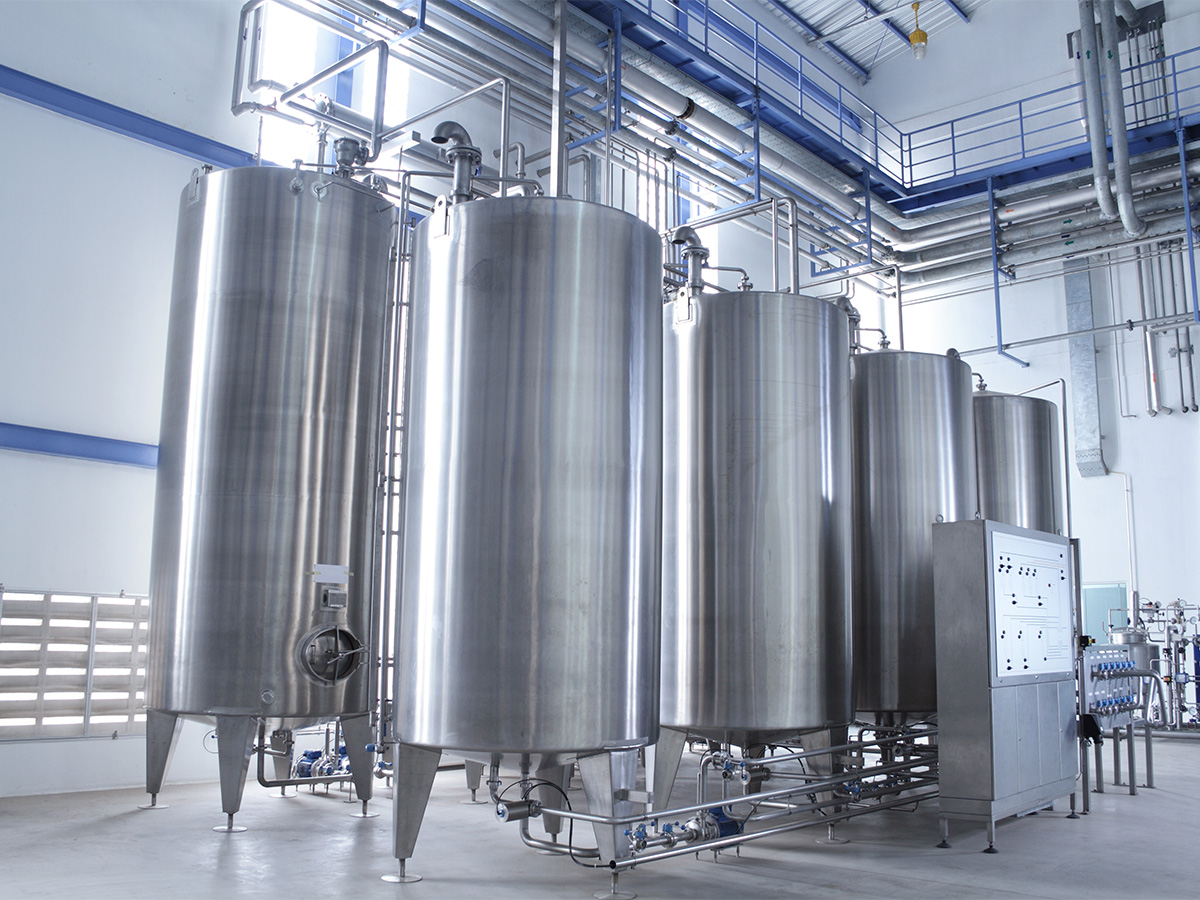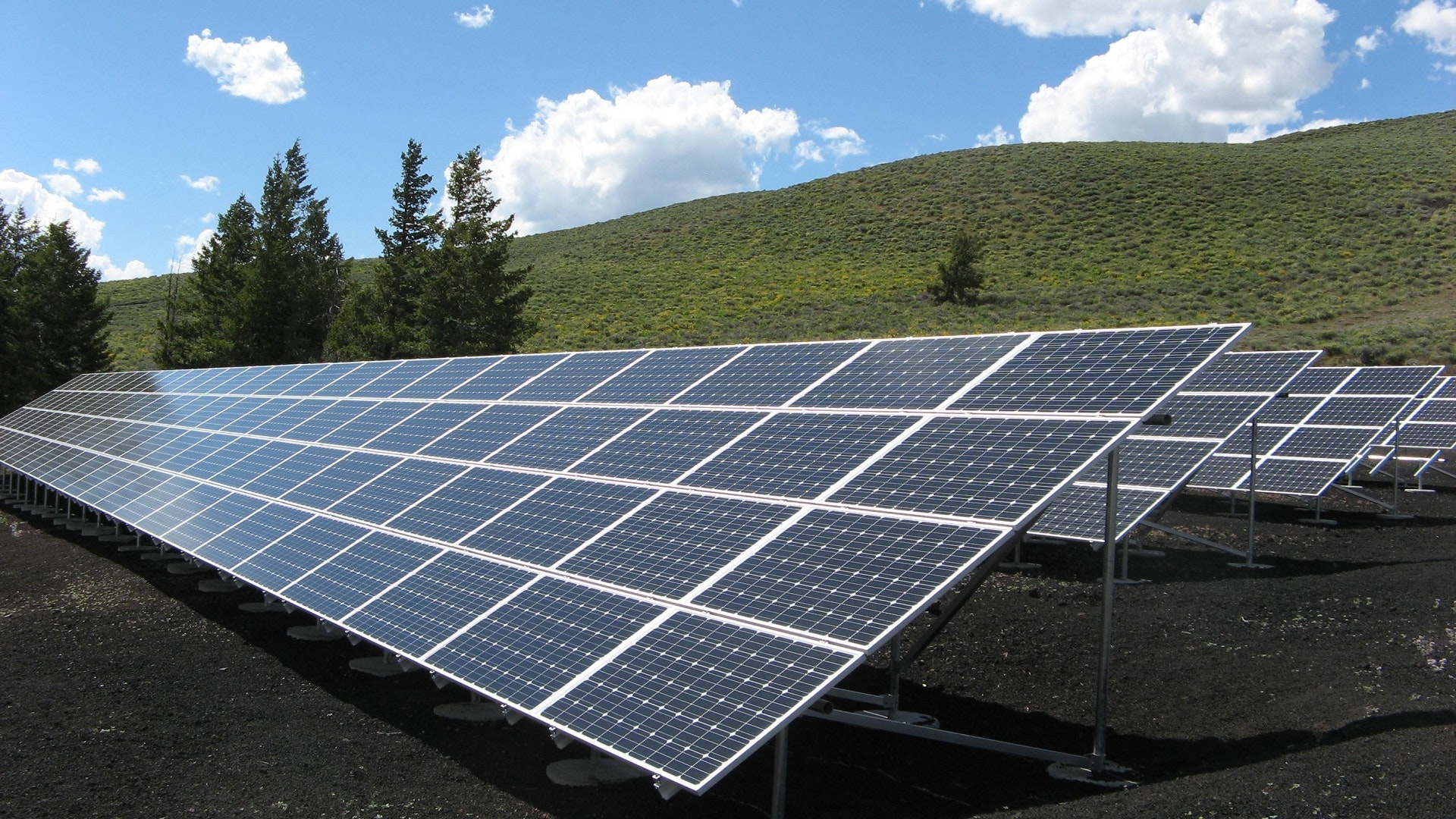As someone who has worked in the manufacturing industry for over a decade, I have seen firsthand the impact that robotic technology can have on production. From increased efficiency to improved safety, the benefits of incorporating robots into your business are clear. In this article, I will explore the evolution of robotic technology, the advantages of using it in production, and how you can start implementing it in your own business.
Robotic Technology
Robotic technology refers to the use of machines, often with some degree of autonomy, to perform tasks that would otherwise be done by humans. Industrial robots, in particular, are designed to perform a variety of tasks in manufacturing, from assembly to painting to packaging.
The use of robotic technology in production has been steadily increasing over the past few decades. In fact, according to the International Federation of Robotics, there were approximately 2.4 million industrial robots in operation worldwide in 2020, a 12% increase from the previous year. This growth is expected to continue as businesses look for ways to improve efficiency, reduce costs, and enhance safety.
The Evolution of Robotic Technology
The history of robotic technology dates back to the early 20th century when the first robots were developed for use in manufacturing. These early machines were simple and could only perform basic tasks. However, as technology advanced, so did the capabilities of robots.
Today’s industrial robots are much more sophisticated than their early counterparts. They are equipped with sensors that allow them to detect and adapt to changes in their environment, making them more versatile and efficient. Additionally, advances in artificial intelligence and machine learning are enabling robots to perform increasingly complex tasks with greater accuracy and precision.
Advantages of Robotic Technology in Production
The benefits of incorporating robotic technology into your production processes are numerous. Here are just a few:
Increased Efficiency
Robots can perform tasks faster and more consistently than humans, which can lead to significant increases in productivity. They can also work around the clock without needing breaks or time off, further boosting efficiency.
Improved Safety
Robots can perform dangerous tasks, such as working with hazardous materials or in high-temperature environments, without putting human workers at risk. This can lead to a safer work environment and fewer workplace injuries.
Cost Savings
Although the initial investment in robotic technology can be significant, the long-term cost savings can be substantial. Robots can perform tasks with greater efficiency, reducing labor costs and increasing output. They can also reduce the need for costly rework by performing tasks with greater accuracy and precision.
Industrial Robot Applications
Industrial robots are used in a wide range of manufacturing applications. Here are a few examples:
Assembly
Robots can be used to assemble products quickly and accurately. They can also perform repetitive tasks, such as screwing in bolts or attaching components, without getting tired or making mistakes.
Painting
Robots can paint large objects with greater speed and precision than humans. This can lead to a more consistent finish and fewer defects.
Packaging
Robots can package products, such as food or consumer goods, quickly and efficiently. They can also handle fragile or delicate items without damaging them.
Industrial Robot Programming
To get the most out of your industrial robots, it’s important to have them programmed correctly. This involves creating a set of instructions that tell the robot what tasks to perform and how to perform them.
Programming industrial robots can be complex, but there are a variety of tools available to make the process easier. Many robots come with pre-built programming templates that can be customized to fit your specific needs. Additionally, there are software programs available that allow you to program robots using a drag-and-drop interface, making it accessible to those without extensive programming experience.
How to Start Robotics in Your Business
If you’re interested in incorporating robotic technology into your business, here are some steps to get started:
Identify Tasks to Automate
Look for tasks in your production processes that can be automated. These are typically tasks that are repetitive, time-consuming, or dangerous.
Choose the Right Robot
Select a robot that is well-suited for the tasks you want to automate. Consider factors such as payload capacity, reach, and speed.
Train Your Team
Ensure that your team is trained on how to operate and maintain the robot. This will help ensure that the robot is used to its full potential and that it performs as expected.
Test and Refine
Test the robot in your production environment and refine the programming as needed. This will help ensure that the robot is performing at its best and that it is integrated smoothly into your production processes.
Common Misconceptions About Robotic Technology
Despite the many benefits of robotic technology, there are still some common misconceptions that exist. Here are a few:
Robots Will Replace Human Workers
While it’s true that robots can perform many tasks more efficiently than humans, they are not a complete replacement for human workers. In fact, many businesses find that incorporating robots into their production processes actually leads to the creation of new jobs.
Robots Are Too Expensive
While the initial investment in robotic technology can be significant, the long-term cost savings can be substantial. Additionally, there are a variety of options available, from leasing to purchasing used robots, that can make the investment more manageable.
The Future of Robotic Technology in Production
The use of robotic technology in production is only expected to continue to grow in the coming years. Advances in artificial intelligence and machine learning are enabling robots to perform increasingly complex tasks, and the development of collaborative robots (cobots) is making it easier for robots to work alongside human workers.
Additionally, the rise of Industry 4.0, which involves the integration of automation, data exchange, and smart technology, is creating new opportunities for businesses to optimize their production processes through the use of robotic technology.
Robotic Technology for Small Businesses
While larger businesses have been quick to adopt robotic technology, many small businesses have been hesitant to make the investment. However, there are many options available that make it easier for small businesses to incorporate robotics into their production processes.
One option is to start small by automating just a few tasks. This can help businesses see the benefits of robotic technology firsthand without making a significant investment. Additionally, there are many companies that specialize in providing robotic solutions for small businesses, making it easier to get started.
Conclusion: Embracing the Benefits of Robotic Technology
As I hope I have made clear, the benefits of incorporating robotic technology into your production processes are numerous. From increased efficiency to improved safety to cost savings, the advantages are clear. While there are some common misconceptions about robotic technology, the reality is that it can be a valuable asset to your business.
If you’re interested in incorporating robotic technology into your business, start by identifying tasks that can be automated and choose the right robot for the job. Train your team, test and refine the programming, and enjoy the benefits that robotic technology can bring to your production processes.


